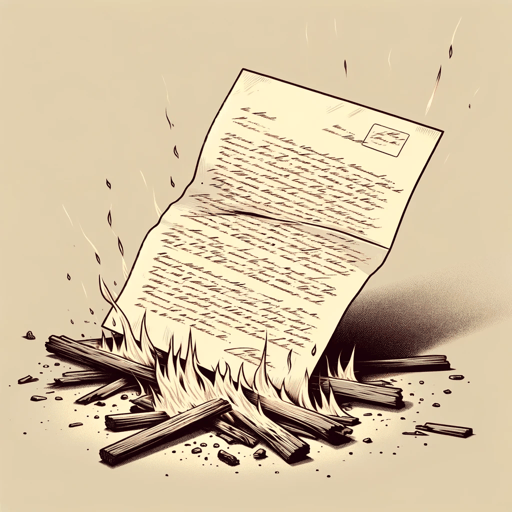59 pages • 1 hour read
Kate ChopinThe Awakening
Fiction | Novel | Adult | Published in 1899A modern alternative to SparkNotes and CliffsNotes, SuperSummary offers high-quality Study Guides with detailed chapter summaries and analysis of major themes, characters, and more.
Themes
Individuality Versus Social Order
Chopin wrote The Awakening at the close of the 19th century and Victorian era, and thus she had to fight against the assumptions of essentialism. At that time, there was a strict divide between the public and the private sphere. The public sphere was predominantly masculine, and its foundations were authority and control. The private sphere was associated primarily with modesty and morality. This divide led to a system of intricate rules that were expected to be followed by everyone, and especially by women. These laws of social behavior were mainly unwritten, yet they governed every aspect of life. There were predetermined sets of behavior for all social roles: single young people, married couples, mothers and fathers, as well as those who were widowed. Without a doubt, having a set of social norms is something that is typical of every society, but the rules that governed Victorian society, when the events of The Awakening take place, were especially strict.
From an early age, Edna Pontellier assumes that she must live according to these rules. At first, she follows a conventional pattern: she gets married, gives birth to two sons, and performs her domestic duties. She also learns to separate her disobedient inner life from conventional outer life.
Related Titles
By Kate Chopin

A Pair of Silk Stockings
Kate Chopin

A Respectable Woman
Kate Chopin

At the ’Cadian Ball
Kate Chopin

Desiree's Baby
Kate Chopin

Regret
Kate Chopin

The Night Came Slowly
Kate Chopin

The Storm
Kate Chopin

The Story of an Hour
Kate Chopin
Featured Collections
American Literature
View Collection
Audio Study Guides
View Collection
Banned Books Week
View Collection
Mothers
View Collection
Music
View Collection
National Suicide Prevention Month
View Collection
Naturalism
View Collection
Order & Chaos
View Collection
Summer Reading
View Collection

